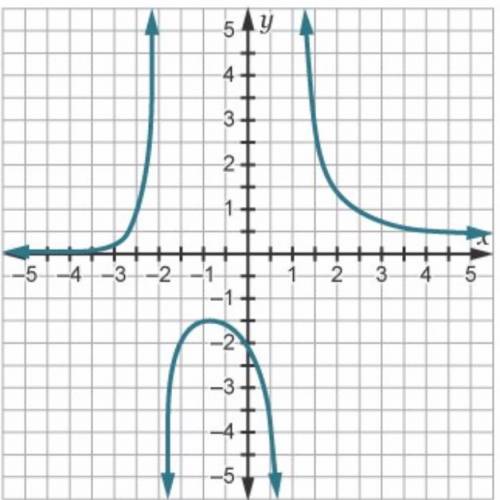
Mathematics, 03.05.2020 13:40 CrusaderLord
Use the graph of f(x) to explain the relationship between the real zeros of f(x) and its intercept(s).
f(x) has one real zero at –2 because the graph of the function has an intercept at (0, –2).
f(x) has two real zeros at –4 and –2 because the graph of the function has intercepts at (–4, 0) and (0, –2).
f(x) has no real zeros because the graph of the function does not pass through (0, 0).
f(x) has one real zero at –4 because the graph of the function has an intercept at (–4, 0).


Answers: 1


Other questions on the subject: Mathematics

Mathematics, 21.06.2019 14:30, mathsuxdix
All per-unit concepts rely on ratios, meaning, to provide a type of measurement
Answers: 3

Mathematics, 21.06.2019 20:30, natebarr17
The interior angles formed by the side of a hexagon have measures of them up to 720° what is the measure of angle a
Answers: 2

Mathematics, 21.06.2019 20:40, mruffier6239
In a 45-45-90 right triangle, what is the ratio of the length of one leg to the length of the other leg? а . 1: 2 в. 2: 1 с. 2: 1 d. 1: 1
Answers: 1

Mathematics, 21.06.2019 22:30, mbalderp5bxjo
Solve for x. −3/4(x+2)=6 enter your answer in the box
Answers: 1
You know the right answer?
Use the graph of f(x) to explain the relationship between the real zeros of f(x) and its intercept(s...
Questions in other subjects:

Mathematics, 12.02.2020 04:46











